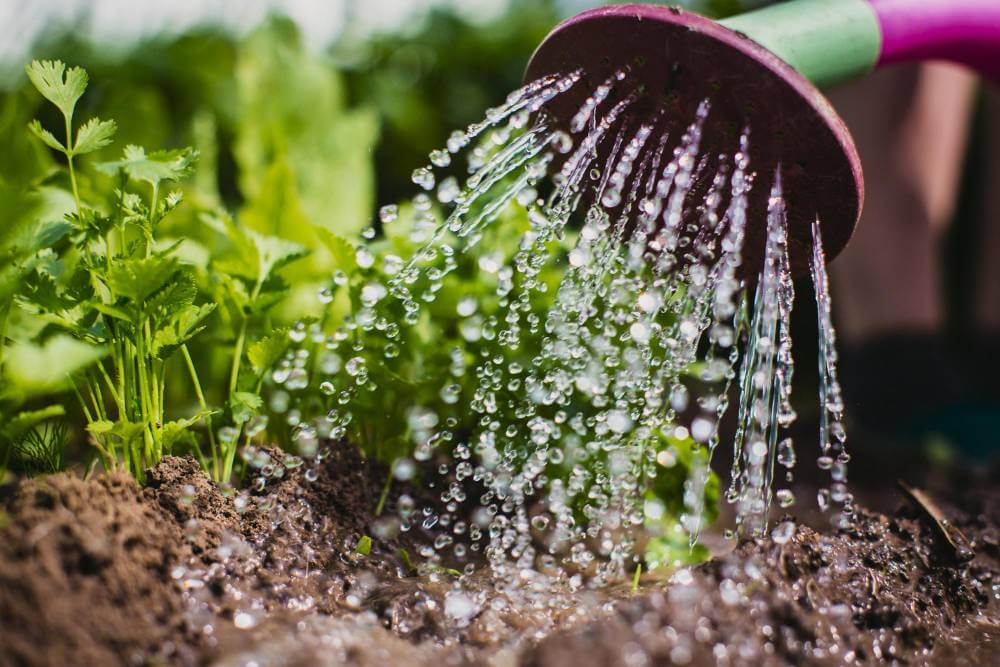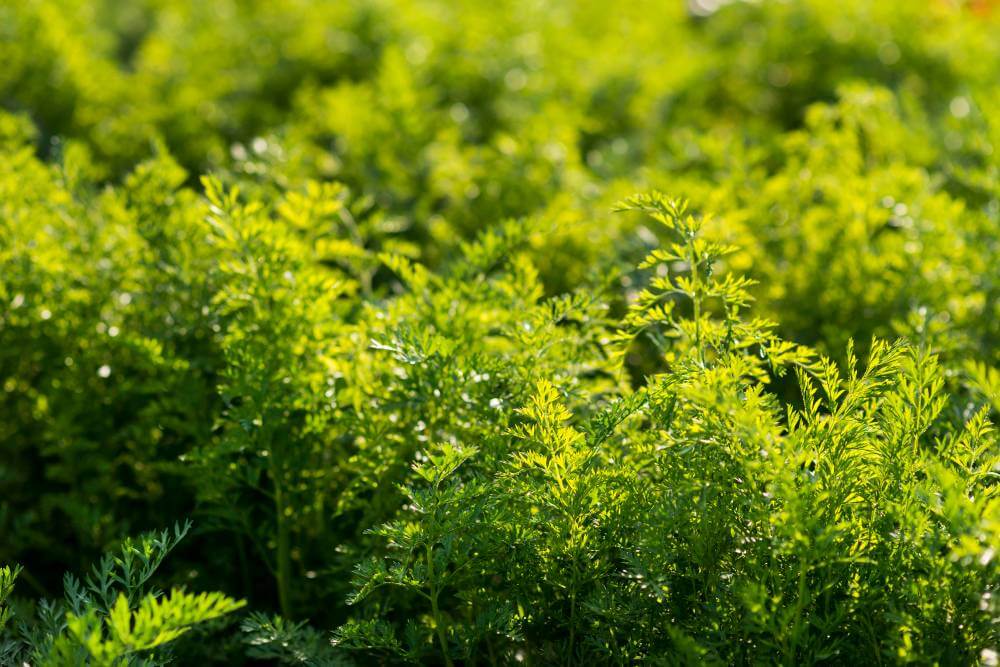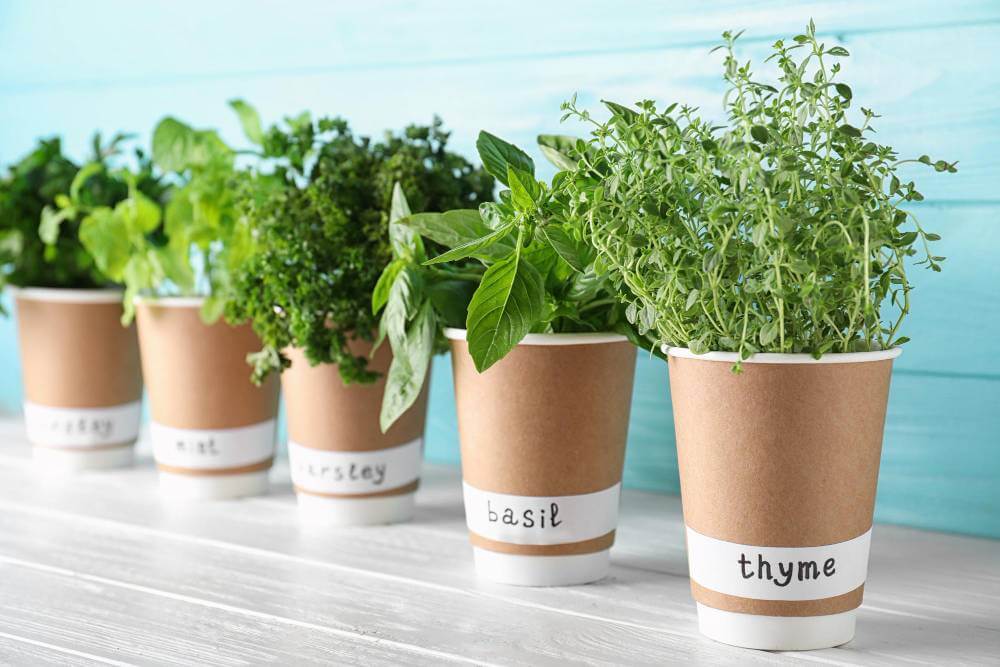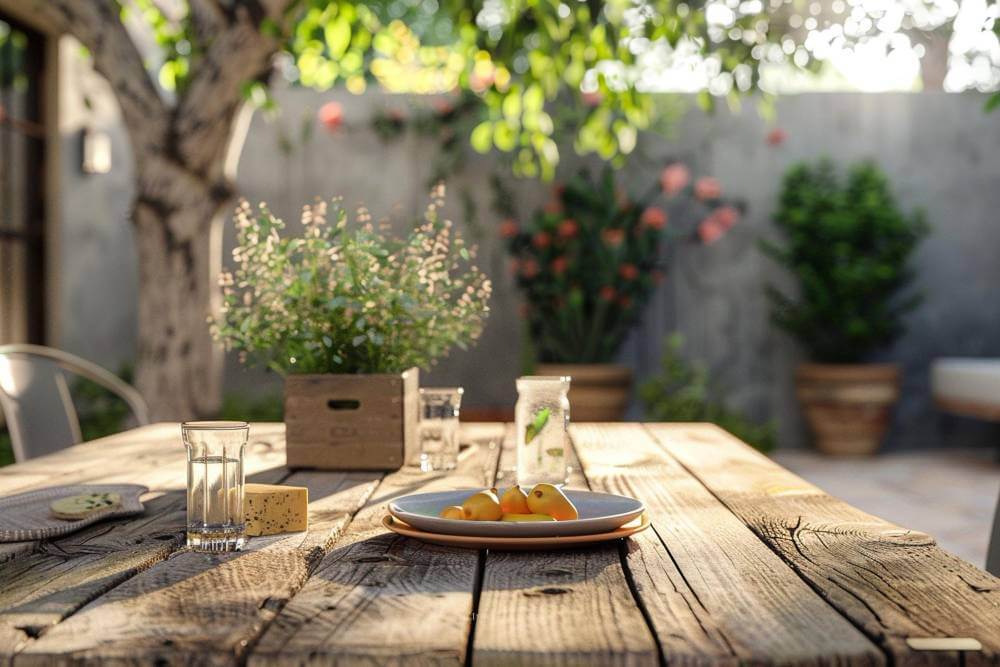Hey there, fellow gardeners! Today, let’s explore the essentials of growing lemongrass, whether you’re nurturing it indoors or tending to it in your home garden. Get ready to uncover what lemongrass needs to thrive as we embark on a fragrant journey together!
Unveiling the Benefits and Versatile Uses of Lemongrass
Let’s start with why lemongrass deserves a prime spot in your garden. Beyond its delightful citrusy aroma drifting through your backyard, lemongrass boasts an impressive array of culinary and medicinal benefits.
In the kitchen, lemongrass shines as a flavor enhancer in various cuisines, including Thai, Vietnamese, and Indian dishes. Its distinct lemony flavor adds depth without the acidity, making it a must-have for any aspiring chef or home cook.
But wait, there’s more! Lemongrass isn’t just a culinary superstar – it’s also renowned for its health benefits. From aiding digestion to reducing inflammation and even acting as a natural insect repellent, this herb proves its versatility time and again. Who knew a plant could be so multi-talented?
Exploring the Diverse Varieties of Lemongrass
Now, onto the juicy details: lemongrass comes in different varieties, each with its own unique charm and uses. The two main types you’ll encounter are East Indian (Cymbopogon flexuosus) and West Indian (Cymbopogon citratus).
East Indian lemongrass is prized for its essential oils, which are often used in perfumes and soaps. It boasts a more intense aroma and is slightly less hardy compared to its West Indian counterpart.
West Indian lemongrass, on the other hand, steals the spotlight in the culinary world. It offers a milder, but still distinctly lemony, flavor that’s perfect for cooking. Plus, it’s easier to grow in home gardens, making it a favorite among kitchen gardeners and herbal enthusiasts alike.
Is Lemongrass a Seasonal Wonder or Everlasting Perennial?
Drumroll, please! Lemongrass is a perennial herb. That means with a bit of care and attention, it can grace your garden year after year, providing fresh, fragrant stalks whenever you need them.
In warmer climates, lemongrass thrives year-round, basking in the sun’s warmth. In cooler zones, it may die back during winter, but don’t fret – I’ll share some tips on winter care to ensure your lemongrass stays cozy and resilient.
Timing is Everything: Ideal Planting Seasons for Lemongrass
When it comes to planting lemongrass, timing is key to success. Aim to plant it in the spring, just after the last frost date. This gives it ample time to establish strong roots and thrive in the warmer months ahead.
If you’re starting from seeds or seedlings, consider jumpstarting their growth indoors a few weeks before the outdoor planting season begins. This ensures they’re robust and ready to flourish once they hit the soil outside.
Sun Soaked or Shade Satisfied? Lemongrass’s Light Preferences
Now, about that golden glow – lemongrass adores sunlight. Aim to give it at least 6-8 hours of direct sunlight daily for optimal growth and flavor development. Whether you’re planting it in your garden or nurturing it indoors, place it in a sunny spot, preferably facing south for maximum sunlight exposure.
If natural light is scarce indoors, fear not! You can easily supplement with a grow light to ensure your lemongrass receives the light it craves for lush, healthy growth.
Nurturing Through the Chill: Essential Winter Care Tips for Lemongrass
For lemongrass in cooler climates, winter care is essential to ensure its survival and thriving comeback in spring.
Consider potting your lemongrass in containers and bringing it indoors before the first frost strikes. Place it in a sunny location, like a south-facing window, and water sparingly to prevent root rot.
Alternatively, if you prefer leaving it outdoors, mulch generously around the base to insulate the roots from freezing temperatures. Come springtime, trim back any frost-damaged growth to encourage new shoots and vibrant greenery.
Seeds or Seedlings: Choosing Your Path to Lemongrass Prosperity
When embarking on your lemongrass growing journey, you have two main options: starting from seeds or opting for ready-to-plant seedlings. Each method has its perks, so let’s delve into the details.
Growing lemongrass from seeds is a rewarding endeavor that requires patience and nurturing. Begin indoors in a warm, sunny spot, keeping the soil consistently moist but not waterlogged. With patience, you’ll witness the magic of tiny seedlings sprouting into robust lemongrass plants ready for outdoor transplanting.
On the other hand, starting with seedlings provides a convenient head start in your gardening endeavors. You can often find healthy lemongrass seedlings at your local nursery or garden center, ready to be transferred into your garden or containers. They’re more established and can adapt quickly to their new environment, making them an ideal choice for beginners or those seeking immediate results.
Propagating Lemongrass: Unleashing Growth from Cuttings
Let’s explore another fascinating method to propagate lemongrass: through cuttings. It’s a straightforward and effective way to expand your lemongrass collection or share the joy of growing with friends and family.
Select a healthy stalk of lemongrass and trim it just below a node (where the leaves attach to the stem). Place the cutting in a glass of water in a sunny location, changing the water every few days to keep it fresh and oxygenated.
Within a couple of weeks, you’ll notice roots beginning to sprout from the node. Once the roots are a few inches long, carefully transplant the cutting into a pot filled with well-draining soil. Keep the soil consistently moist and place the pot in a sunny spot to encourage robust growth.
Before you know it, your cutting will flourish into a thriving lemongrass plant, ready to enhance your culinary adventures and garden landscapes alike!
Grow Indoors or Outdoors: Embracing Lemongrass Anywhere
Whether you have a sprawling garden or a cozy apartment balcony, lemongrass can thrive both indoors and outdoors with proper care. Outdoors, ensure it receives ample sunlight, and plant it in well-draining soil. Indoors, place it in a sunny spot like a south-facing window or under a grow light, ensuring it gets 6-8 hours of sunlight daily. Regularly rotate indoor plants to ensure even growth and keep them away from drafts or cold spots.
Best Soil for Growing Lemongrass
Lemongrass thrives in well-draining, nutrient-rich soil. A mix of sandy loam and organic compost works wonders, ensuring good drainage while providing essential nutrients. Avoid heavy clay soils that can waterlog roots. Whether planting directly in the ground or in containers, quality soil sets the foundation for healthy, vigorous lemongrass growth.
Instructions for Growing Lemongrass in a Pot
Container gardening offers flexibility and convenience, making it ideal for growing lemongrass on patios, balconies, or indoors. Choose a pot at least 12 inches deep with drainage holes. Fill with well-draining soil, leaving a few inches for watering space. Plant seedlings or cuttings, ensuring they’re well-spaced. Water deeply when the top inch of soil feels dry and fertilize monthly with a balanced liquid fertilizer during the growing season.
Hydroponic Cultivation of Lemongrass: Innovative Growing for Maximum Flavor
For those exploring hydroponics, lemongrass adapts well to soil-less cultivation. Set up a hydroponic system with a nutrient-rich solution and ensure adequate light exposure. Place lemongrass cuttings or seedlings in the growing medium and monitor nutrient levels regularly. Hydroponically grown lemongrass requires precise pH and nutrient management but rewards with fast growth and robust flavor.
Watering Instructions for Lemongrass: Quenching Thirst Without Drowning
Lemongrass enjoys consistent moisture but dislikes waterlogged soil. Water deeply once or twice weekly, allowing the top inch of soil to dry between watering sessions. Adjust the frequency based on climate and soil drainage. During hot spells or dry periods, increase watering, ensuring the entire root zone receives moisture. Avoid overhead watering to prevent leaf mold and focus on the base of the plant.
Companion Planting with Herbs, Flowers, and Vegetables: Lemongrass’s Garden Allies
Lemongrass makes an excellent companion plant, deterring pests while enhancing nearby plants’ growth. Plant it alongside herbs like basil, mint, or cilantro to complement culinary adventures. Its citrusy scent repels mosquitoes and other garden pests, benefiting nearby vegetables such as tomatoes, peppers, and broccoli.
Planting Foes: Lemongrass’s Planting Preferences and Dislikes
While lemongrass generally coexists well with various plants, it tends to compete unfavorably with beans and peas for nutrients. To ensure optimal growth for both, it’s advisable to plant them separately. This separation helps prevent nutrient depletion, ensuring that each plant thrives independently.
The Attraction Towards Pollinators: Lemongrass’s Buzzworthy Encounters
Lemongrass’s feathery blooms attract pollinators like bees and butterflies, enhancing biodiversity in your garden. These beneficial insects aid in pollination, supporting nearby fruit and vegetable crops. Allow lemongrass flowers to bloom and serve as a haven for pollinators seeking nectar and pollen. Their presence enriches the garden ecosystem, promoting healthy plant growth and abundant harvests.
Pruning Instructions for Lemongrass: Trimming for Health and Harvest
Pruning lemongrass promotes healthy growth and enhances flavor. During the growing season, trim back brown or damaged leaves to improve airflow and prevent disease. Harvest stalks by cutting them at the base when they reach 1-2 feet in height. Use sharp scissors or pruning shears to avoid damaging the plant. Regular pruning encourages new growth and ensures a continuous supply of fresh lemongrass for culinary delights.
Pest Treatment for Lemongrass: Warding Off Unwelcome Visitors
Despite its pest-repelling properties, lemongrass may occasionally attract pests like aphids, mites, or grasshoppers. Monitor plants regularly for signs of infestation, such as yellowing leaves or distorted growth. Treat pests promptly with organic solutions like neem oil or insecticidal soap. Spray affected areas thoroughly, ensuring complete coverage. Introduce beneficial insects like ladybugs to control pest populations naturally. Regularly clean garden tools and remove debris to prevent pest habitats.
Wrap-Up
So there you have it, folks! Growing lemongrass is easier than you might think. With the right care and attention, you can enjoy the many benefits of this amazing herb right in your own garden. From choosing the right variety to giving it the proper winter care, you’re now equipped with all the knowledge you need.
Whether you’re a seasoned gardener or a beginner, cultivating lemongrass promises fragrant rewards and sustainable gardening practices. Ready to elevate your garden game? Dive deeper into my blog for more green-thumb insights.
Happy gardening, my friends, and may your lemongrass thrive abundantly with each passing season!







